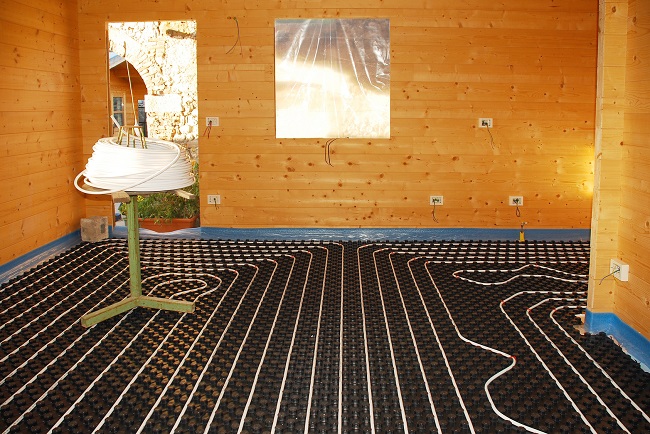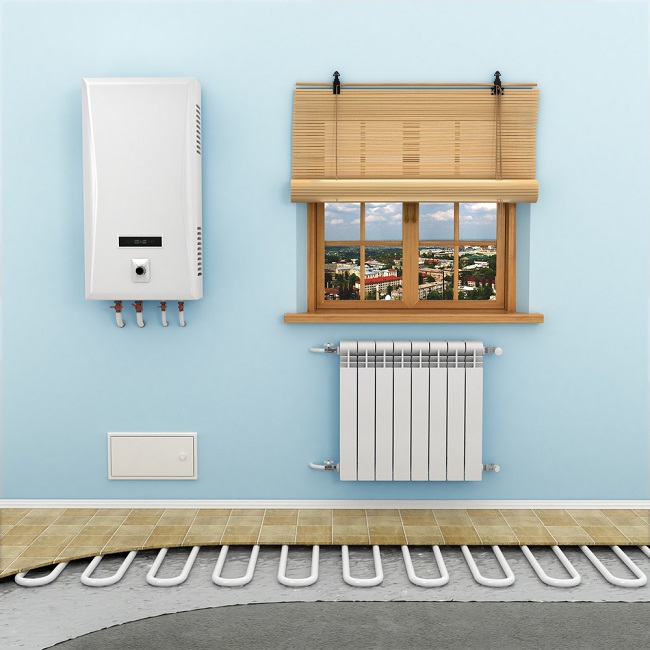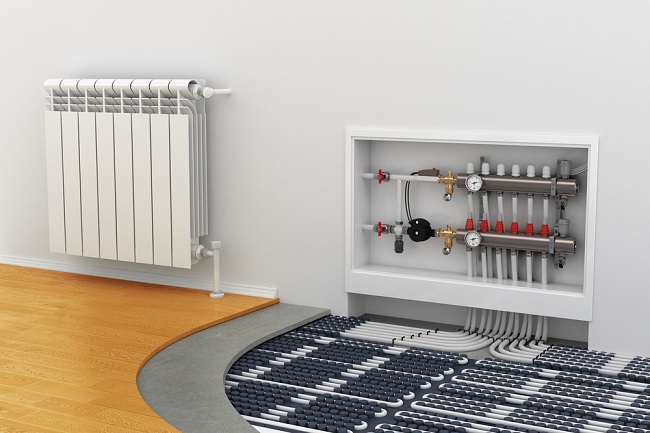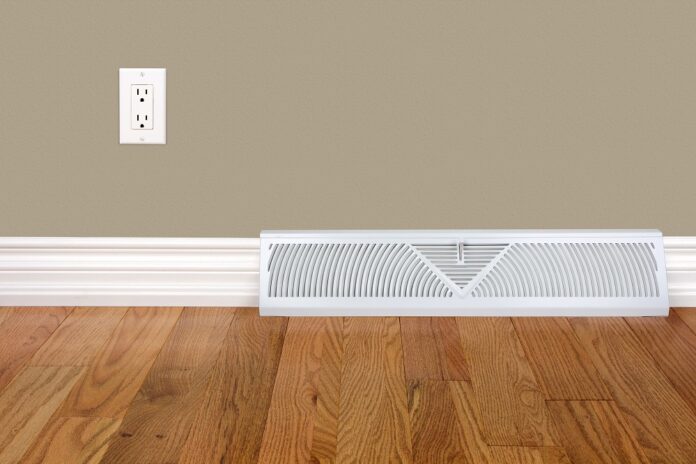If you are living in a region where the winter season is long and temperatures drop well below freezing, then you must ensure proper indoor heating in your rooms. Floors are one such part of your room from where the cold air will radiate inside the house and make it quite chilly. By using advanced technology of hydronic in-slab heating, it has now become possible to heat up the floors. Let’s find out more about this heating system.
Hydronic In-Slab Heating System for Floors

With the hydronic in-slab system of heating, you can virtually convert your floor into a radiant heater. It is an ideal heating solution for large rooms. However, you can also install it in your kitchens, bedrooms, and living rooms. In this type of heating system, the pipes that carry a heated fluid is carried to all parts. The water pipes are laid in a mesh-like structure on top of which concrete is poured. The water is then heated to a certain lukewarm temperature that is manually controlled and flowed through the pipes. The advantage is that there is no movement of air. Thus, the hydronic in-slab heating system is a better option if you have family members suffering from asthma or other allergies in the house.
Working Mechanism
In this type of heating system, the floor is made up of concrete blocks that have these pipes in them. The water is heated in a water heater and is then flowed through the pipes. As a result, the heated water transfers the heat energy to the concrete slabs and thus the slabs also start to heat up, thereby creating heat inside the house. The system of using hydronic floor heating systems is a highly efficient way to keep your house warm. It can also save a lot of money than the traditional room heaters. Generally, the hydronic in-slab heating is turned on at the onset of the winter season and turned off at the end of the winter.
Controlling and Zoning Options in the System

In a hydronic in-slab heating system, there are two types of control systems available:
The standard single zone
Here, there is only one thermostatically controlled zone. This zone is a large slab covering about 20 square meters of floor space. The other slabs and the pipes inside them are connected to this controlling zone by way of valves. As a result, there may be slight differences in heating as you move farther away from this zone. Nevertheless, the difference in heating is very minimal and is still a good option.
Multiple control zones

Here, the thermal slabs are broken uniformly along the total flooring area to be covered. All the pipes are connected to an actuator and the main-fold of the hydronic in-slab heating. Once you select the desired temperature on the thermostat, it communicates with the control box and the heated water is equally spread to all parts of the circuit pipes.
The water in the pipes is heated initially to a preset temperature, and then it starts flowing through the pipes so that the concrete slabs start accumulating heat energy. After sometime, when the floors have reached a certain temperature, the heating system has to spend much less energy in just maintaining the temperature. This is similar to the latent heat concept in heat. So, overall, it is a high energy-saving way to keep your rooms warm during the winter season. The maintenance cost of the hydronic in-slab heating is very less and it is highly durable in the long run.





